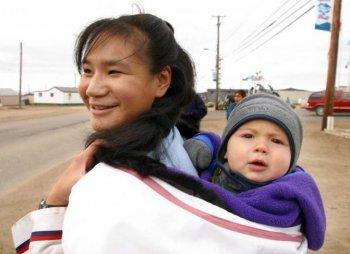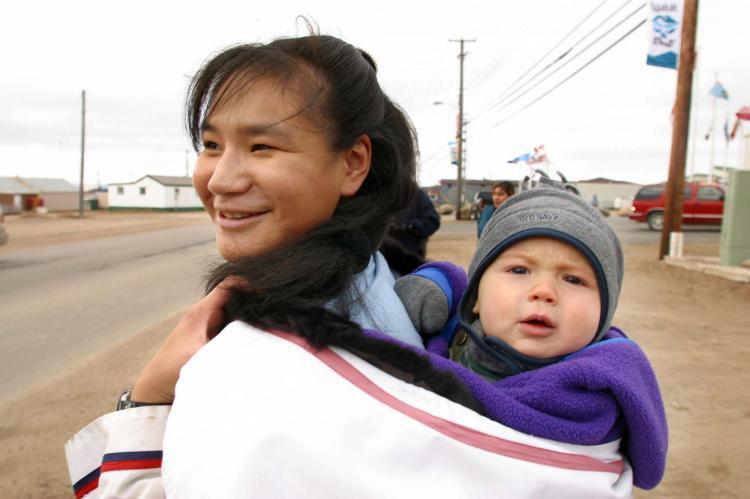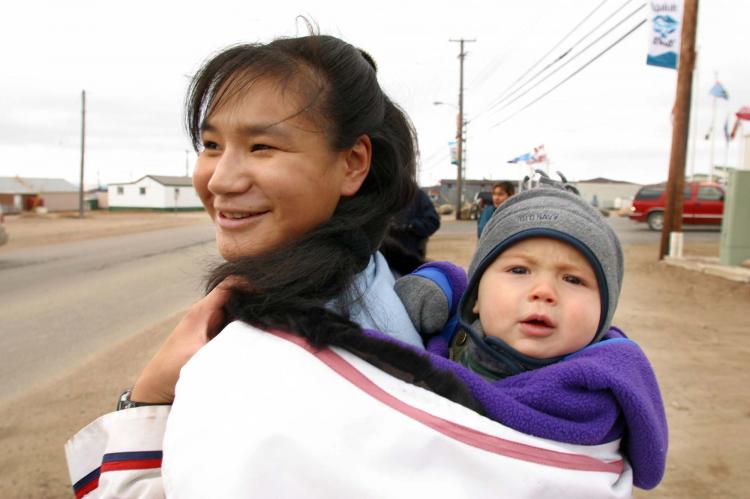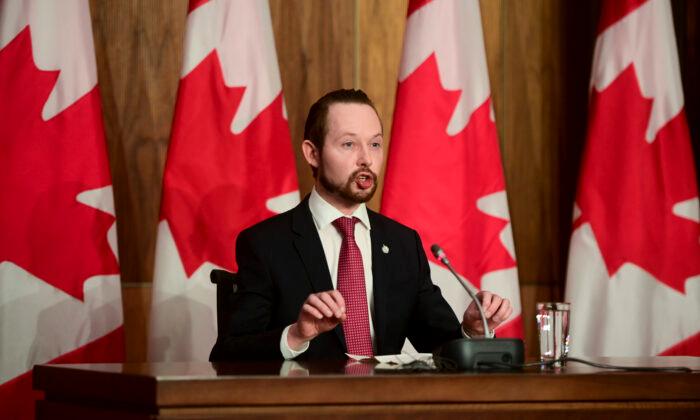Although Nunavut’s tuberculosis rates have been higher than average for years, a record number of people in the territory became infected with the disease in 2010.
With 99 reported cases last year, Nunavut enters 2011 with a TB infection rate 62 times the national average, the highest since the territory’s creation 11 years ago.
The Public Health Agency of Canada says the infectious lung disease, which can be deadly if not treated, is currently the most pressing health concern in Nunavut, where poor socioeconomic conditions are contributing to its spread.
Because this is not the territory’s first brush with TB—an outbreak swept the North in the 1950s—a high percentage of older residents are known to carry a latent form of the disease from past exposure, which can later develop into active TB.
“This prevalence of latent infection is the tinder for the forest fire, and the social conditions provide the spark,” said Pamela Orr, a professor of medicine and microbiology at the University of Manitoba, in an interview with the Globe and Mail.
Geraldine Osborne, deputy chief medical officer of health for Nunavut, told nunatsiaqonline.ca that the number of TB cases in Nunavut has been on the rise since 2003, but the territory has “a reservoir of infection that dates back years.”
Most of the new cases involve those between the ages of 15 and 24, Osborne said, adding that young people’s tendency to delay seeking treatment puts those around them at risk of becoming infected, and the disease proliferates.
“It’s hugely difficult,” she said. “Often by the time someone presents at the health centre it’s been present for a long time and they’ve already infected someone else.”
Another challenge is persuading people to stay on their medication. Those with a severe case of TB might need to take a course of antibiotics for six months to a year, during which time the patient has to abstain from alcohol.
In addition, because of the stigma associated with TB in Nunavut, some people are reluctant to be tested, nunatsiaqonline.ca reports.
Health Canada has put $9.6 million into a TB elimination strategy, and the Nunavut government is offering incentives to encourage people to complete their antibiotic treatment.
Other options being debated by health officials include an all-out effort to improve living conditions and a more aggressive antibiotic treatment method.
One of the oldest diseases on the planet, TB, once known as consumption, is believed to have been introduced to North America by European explorers and settlers. Inuit and First Nations encountering the disease for the first time had little resistance to it, resulting in high mortality rates.
Although improvements in treatment and drug therapy brought about a dramatic decrease in the number of reported cases globally after World War II, in Canada and elsewhere TB incidence began increasing again in the mid-1980s.
Because of overcrowded housing, widespread poverty, and high rates of latent TB infection and diabetes, the disease continues to be a problem in First Nations and Inuit communities today.
The surge of TB cases in Nunavut brings back bad memories for many in the community. During the 1950s outbreak, the federal government moved one in every seven Inuit to sanatoriums in the south for treatment, writes Pat Sandiford Grygier in “A Long Way from Home: The Tuberculosis Epidemic Among the Inuit.”
Many were never heard from again, their families left in the dark about how they died.
With 99 reported cases last year, Nunavut enters 2011 with a TB infection rate 62 times the national average, the highest since the territory’s creation 11 years ago.
The Public Health Agency of Canada says the infectious lung disease, which can be deadly if not treated, is currently the most pressing health concern in Nunavut, where poor socioeconomic conditions are contributing to its spread.
Because this is not the territory’s first brush with TB—an outbreak swept the North in the 1950s—a high percentage of older residents are known to carry a latent form of the disease from past exposure, which can later develop into active TB.
“This prevalence of latent infection is the tinder for the forest fire, and the social conditions provide the spark,” said Pamela Orr, a professor of medicine and microbiology at the University of Manitoba, in an interview with the Globe and Mail.
Geraldine Osborne, deputy chief medical officer of health for Nunavut, told nunatsiaqonline.ca that the number of TB cases in Nunavut has been on the rise since 2003, but the territory has “a reservoir of infection that dates back years.”
Most of the new cases involve those between the ages of 15 and 24, Osborne said, adding that young people’s tendency to delay seeking treatment puts those around them at risk of becoming infected, and the disease proliferates.
“It’s hugely difficult,” she said. “Often by the time someone presents at the health centre it’s been present for a long time and they’ve already infected someone else.”
Another challenge is persuading people to stay on their medication. Those with a severe case of TB might need to take a course of antibiotics for six months to a year, during which time the patient has to abstain from alcohol.
In addition, because of the stigma associated with TB in Nunavut, some people are reluctant to be tested, nunatsiaqonline.ca reports.
Health Canada has put $9.6 million into a TB elimination strategy, and the Nunavut government is offering incentives to encourage people to complete their antibiotic treatment.
Other options being debated by health officials include an all-out effort to improve living conditions and a more aggressive antibiotic treatment method.
One of the oldest diseases on the planet, TB, once known as consumption, is believed to have been introduced to North America by European explorers and settlers. Inuit and First Nations encountering the disease for the first time had little resistance to it, resulting in high mortality rates.
Although improvements in treatment and drug therapy brought about a dramatic decrease in the number of reported cases globally after World War II, in Canada and elsewhere TB incidence began increasing again in the mid-1980s.
Because of overcrowded housing, widespread poverty, and high rates of latent TB infection and diabetes, the disease continues to be a problem in First Nations and Inuit communities today.
The surge of TB cases in Nunavut brings back bad memories for many in the community. During the 1950s outbreak, the federal government moved one in every seven Inuit to sanatoriums in the south for treatment, writes Pat Sandiford Grygier in “A Long Way from Home: The Tuberculosis Epidemic Among the Inuit.”
Many were never heard from again, their families left in the dark about how they died.








Friends Read Free